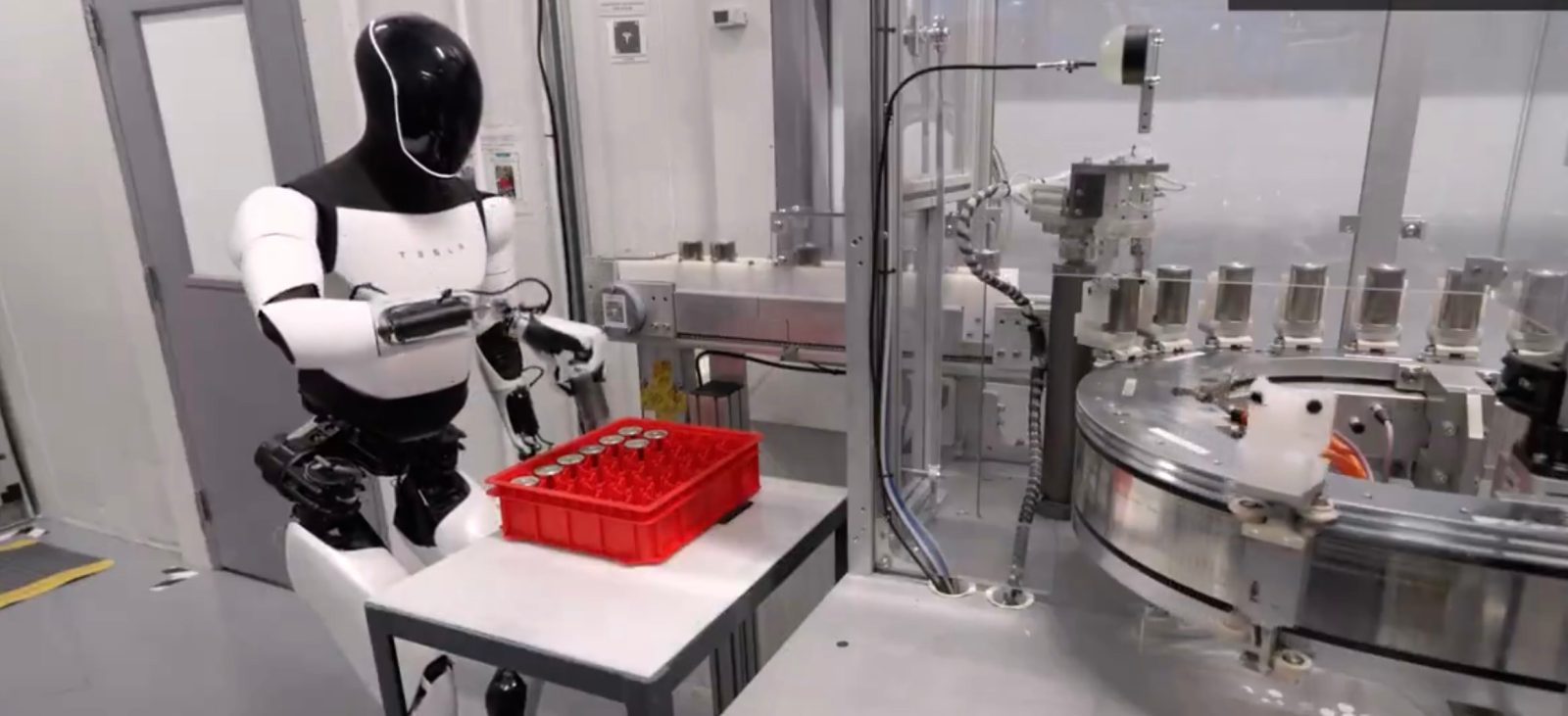
Tesla has released a new video of a prototype of Optimus, its humanoid robot, and it created some controversy as some disagree about how impressive it is.
Last month, Elon Musk gave an update on the timing for the rollout of Optimus. The CEO says that Optimus is already performing factory tasks inside its lab. He believes that Optimus will be used to perform real tasks inside actual Tesla factories by the end of the year.
Furthermore, Musk said that he believes Tesla could start selling its Optimus humanoid robot to customers outside of the company by the end of 2025.
This is a very aggressive timeline, nothing unusual for Musk at Tesla, but the company has gained some credibility on the project in recent months.
Late last year, Tesla unveiled “Optimus Gen 2”, a new generation of its humanoid robot that should be able to take over repetitive tasks from humans.
The new prototype showed a lot of improvements compared to previously underwhelming versions of the robot, and it gave some credibility to the project, which was laughed off by many when first announced with a dancer disguised as a robot for visual aid a few years ago.
However, everything Tesla showed in the Gen 2 update was done through teleoperation of the robots.
Now, Tesla has released a quick update video about Optimus and it shows the robot performing some tasks with end-to-end neural nets:
In the video, Tesla shows Optimus moving battery cells from one tray to another. First, by itself, and later, in cooperation with an industrial robot.
Tesla does share a shot of engineers training the robots with what appears to be VR systems:

However, some believe that this shows Tesla is still pretty early in its software development for the robot:
Milan Kovac, the engineer in charge of Optimus at Tesla, also shared some comments along with the video update:
The engineer confirmed the new neural net used to power the humanoid robot:
We’ve trained and deployed a neural net allowing Optimus to start doing useful tasks, such as picking up battery cells coming down a conveyor and precisely inserting them into a tray.
Kovac says that Tesla is now working to make Optimus faster, as well as capable of dealing “with more adverse terrains”.
Electrek’s Take
To be honest, I wouldn’t worry too much about the status of software development.
As a whole, it’s clear that the AI space is moving ultra-fast right now, and it feels like the right time to develop general-purpose humanoid robots to take advantage of it.
Even if Tesla isn’t the one to solve AI, it is valuable to have a hardware package that can do lots of things with the right AI. I could see Optimus becoming that thanks to Tesla’s experience deploying efficient and affordable AI hardware and power electronics in vehicles.
FTC: We use income earning auto affiliate links. More.
